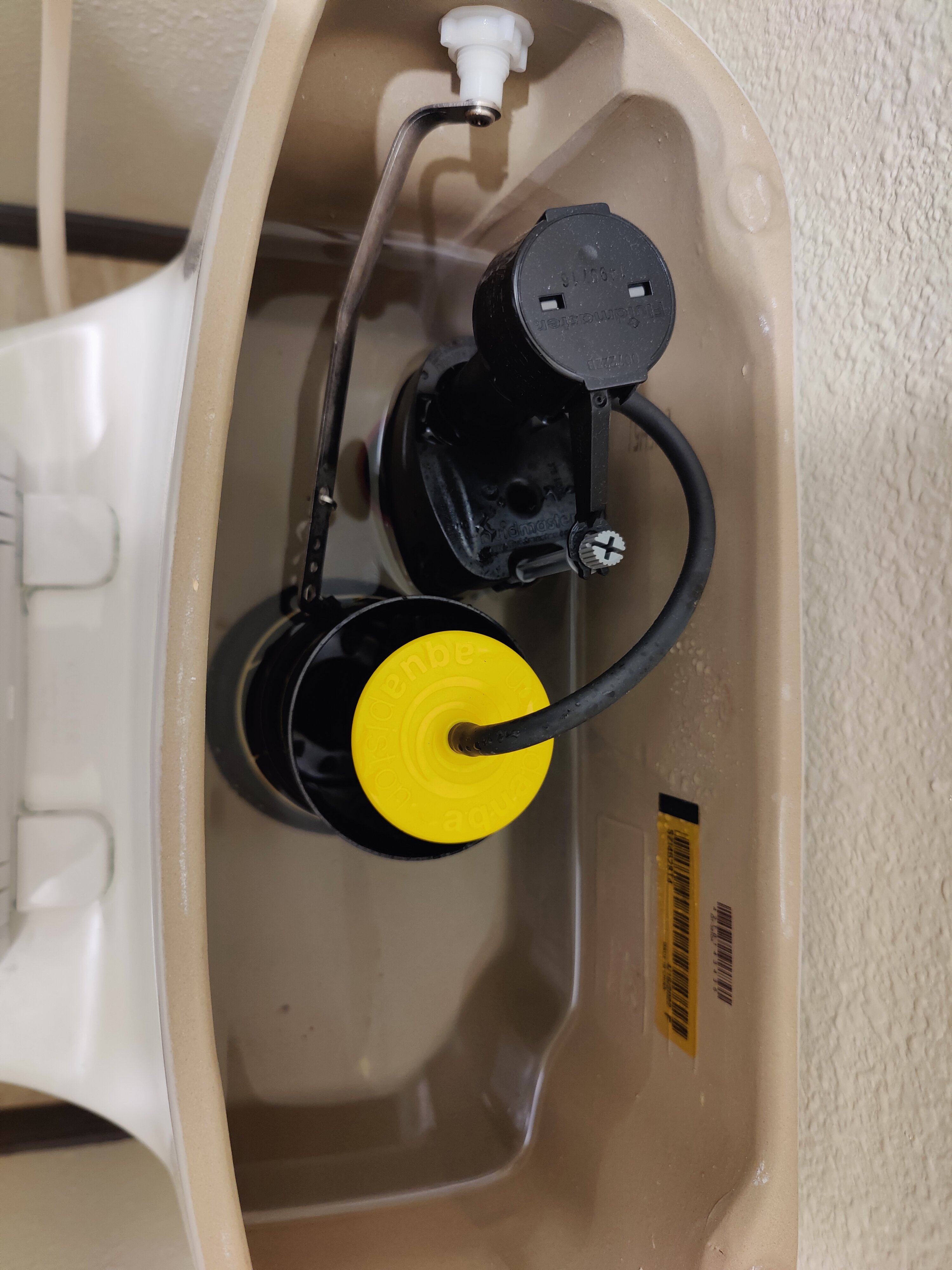

Start buying a few shares of VTI every pay period. Use any left over cash to buy SPYG. Ignore the gains or losses, the market has never not gone up (eventually). Thank yourself later.
Max out your 401k when you get a decent paying job. But make sure you hit every pay period to maximize your employer contribution.
Consider using mass transit where possible, bike if you can, more or less avoid a car/insurance. If that’s not possible get a cheap car like a used Nissan leaf ($7000 in my area, costs a few dollars a month to charge using a wall outlet and extension cord)
Minimize unnecessary expenses like using food delivery services. Meal prep on the weekends and make enough food for a week.
If you do all this for 10 years or so, you’ll be in a really good spot financially. Buying a house will be a decent prospect, your VTI and SPYG will be making money, your taxable income will be small and you will have built up the ability to splurge on things without it making much of an impact on your finances.
I’ve been following the YouTube channel Chris invests and he gives lots of similar advice like this.






Letterkenny, give your balls a tug!